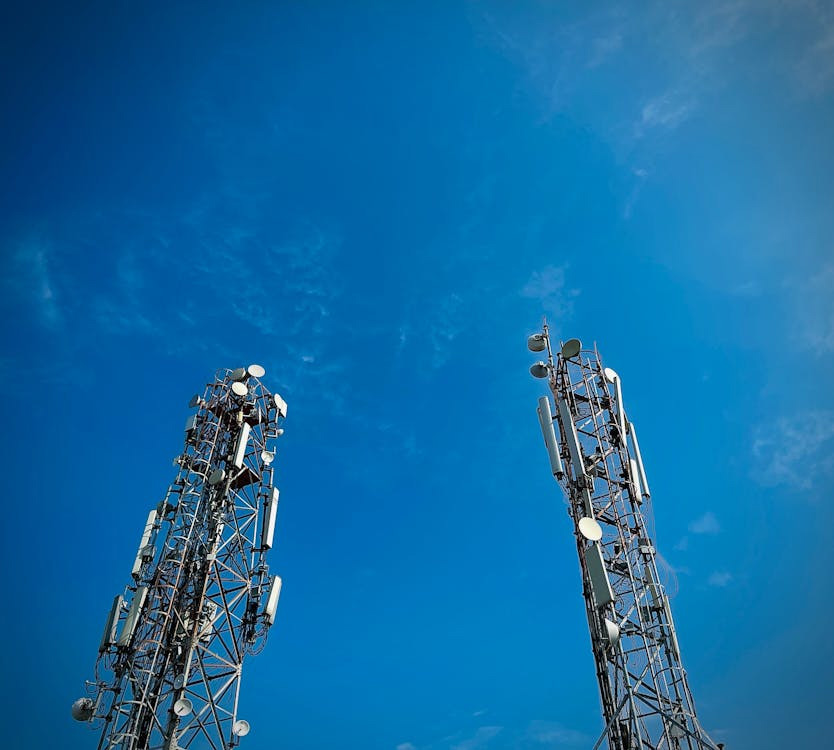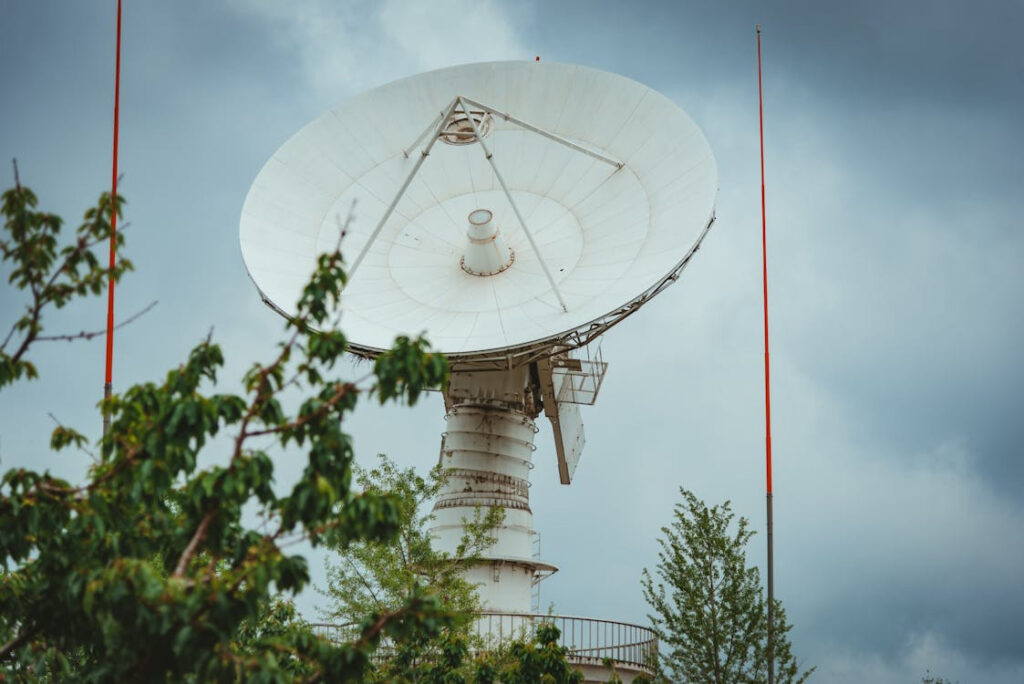Cutting Through the Noise: MIT Develops Advanced Receiver to Tackle Wireless Interference
Maintaining clear and dependable communication has never been more difficult in a time when signals from an assortment of wireless devices—from cellphones to autonomous car sensors—are becoming crowded on the airwaves. Dealing with this important problem, Massachusetts Institute of Technology (MIT) researchers have created a unique sophisticated wireless receiver that distinguishes itself in terms of capacity to efficiently block interference, therefore improving the performance of mobile devices. This revolutionary technology opens the path for more strong communication in next-generation networks in addition to promising to enhance daily wireless connectivity.
Understanding the Technology

MIT researchers’ recently disclosed millimeter-wave multiple-input-multiple-output (MIMO) wireless receiver presents a fresh method for signal reception. Not novel is MIMO technology, which makes use of many antennas to transmit and receive more than one data stream concurrently. But MIT’s creativity resides in the receiver’s capacity to identify and offset spatial interference at its inception—prior to signal amplification. Central to this capability is a pioneering component known as a nonreciprocal phase shifter. This device is uniquely structured to be reconfigurable, low-power, and compact, enabling it to cancel out unwanted signals effectively and efficiently.
Advantages over Conventional Systems
Traditional wireless receivers often struggle with interference, as they typically only filter out unwanted signals after amplification, which can degrade overall system performance. In contrast, MIT’s new receiver architecture employs nonreciprocal phase shifters right at the output of the initial amplification stage. This strategy allows for the interception of interference signals earlier in the process, preventing them from being amplified alongside desired signals. By tackling interference at this foundational level, the receiver ensures cleaner signal processing and less distortion. This capability is particularly significant in environments where high-frequency bands, like those used in 5G and potential 6G networks, are crowded with competing signals.
Real-World Impact and Applications
The consequences of this technology go well beyond improved call quality or continuous video streaming on cell phones. Its capacity to manage high degrees of interference qualifies it as a top choice for inclusion into systems needing great precision and dependability, like industrial IoT networks and sensors for autonomous cars. Furthermore, the nonreciprocal phase shifters’ energy-efficient design enables their activation or deactivation on demand, therefore preserving power without compromising performance. Additionally, this scalable solution can be adapted to various device sizes and power constraints, making it versatile across multiple applications. MIT’s receiver might be essential in ensuring that developing technologies run well in ever crowded electromagnetic settings as the need for wireless communication keeps rising.
Pioneering a Future of Uninterrupted Connectivity
In the continuous fight against signal interference, MIT’s creation of a state-of-the-art MIMO wireless receiver represents a major progress. This technology not only improves the user experience but also helps to create more complicated and dependable wireless systems by efficiently slicing through the noise. The value of strong, interference-resistant communication networks cannot be emphasized as we head toward a time where IoT devices and smart technologies predominate. MIT is not only meeting the demands of today’s wireless customers but also setting the foundation for the hyper-connected world of tomorrow with these creative technologies.

